Cow-calf dairying part 8: weaning
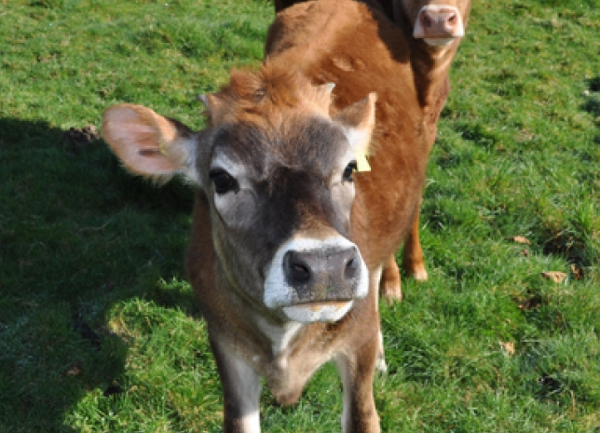
This is the last in a series of posts about how to run a small dairy herd without separating the calves from their mothers. This final article is about preparing the cows and calves for a stress-free weaning.
Working towards weaning
As the calves age, you can move from long-duration suckling time to a shorter duration. My rule of thumb is to start with 16hrs with their dams each day, and then for every 2 weeks of age, I reduce that time by an hour. So by the time the calves are 16 weeks old, they have 8hrs of suckling time each day.
But this is just a rule of thumb, every cow and calf are different and you will likely have calves of different ages in the herd, so don’t make a rod for your back worrying about exact ages of each calf and suckling duration. What is much more important is keeping to a set morning and evening routine and that you are heading in the general direction of reducing suckling time so long as you take into account the needs of the youngest calves in the group.
It’s those routines which are important to keep consistent because routines give reassurance of what will happen next and that is the key to relaxed and contented cows and calves. Calves, just like cows, are naturally creatures of habit: they will associate morning milking with being reunited with their mums and they will associate me going out at some point later in the day with suckling and then being parted from their mums into the next field or pen. Even though cows do have a sense of time, it’s not like our clock-watching, so as long as you stick to the same process each time, whether you go out to part them at 8pm or 6pm, and then a month later at 4pm, is not so important.
This gradual reduction of time spent with the main milking herd is working towards weaning the calves. The reduced suckling time incentivises them to graze more, which builds the rumen capacity needed for weaning, and also helps build the social structure with their cohort group with whom they will later be weaned.
Anyone who has ever kept cows and calves will know that the calves absolutely love to play together in a group and that the late afternoon or early evening is one of their favoured times to cavort about, tails in the air, full of the joys of life.
Now you have your cows and calves parted in the field, you will need to carefully consider your morning routine and the best way to bring the cows in for milking without causing too much discontent in the calf paddock.
Ideally, you would have the cows and calves in adjacent paddocks near the parlour, so the cows can come in, be milked and reunited with their calves all in close proximity. It becomes more difficult when grazing fields are further away, which may mean bringing the cows out of the calves’ sight (bellowing ensues) for milking.
An option is to bring the calves into a pen next to the parlour in the morning before bringing the cows in. This clearly involves setting up some sort of race to get them there safely and probably a treat, such as lucerne nuts, as an incentive. The cows can then be brought in to milk and the whole lot reunited to go back out together. This is definitely an area where you need to consider your own unique situation and work out what will be best.
Weaning
Assuming you’ve been parting the calves at night right from the start, they should have had a really good natural rumen development. By 5 months old they will be strong, well-developed calves, used to being away from their mums for a good part of the time.
This makes for a really easy weaning. Simply extend that night-time parting from 16hrs to 20hrs over a week or so and then one day, when you’ve just moved the calves into a fresh paddock with plenty of grass, just don’t put them back with their mums. It really is that simple. Weaning is probably the easiest part of this system, because the calf’s whole life to date and how you’ve managed the cow, are leading up to and preparing for easy weaning.
In Summary:
- Create a bond before your cow calves
- Milk once a day throughout lactation
- Part calves within reach of their dams at night within first week (or so)
- Assist learned let down by share-milking: suckling calves on one quarter while machine milking the other three quarters
- When the cow is ready, progress to milking without the calf suckling
- As calves grow gradually reduce suckling time
- Wean heifers at 5 months by further decreasing hours spent with dam. Wean bull calves / steers similarly any time from 5 months onwards
Cow-calf dairying is not for the faint-hearted
One final note: running a micro-dairy is not easy. Running a cow-calf micro-dairy is harder still, and doing it well really does take serious dedication, commitment and patience. You have to be prepared to commit more resources, time, money and heart-ache, for lower yields and less return. Done badly, cow-calf dairying could be more stressful for both cow and calf than if they’d known no different and been separated at birth.
Letting a cow keep her calf totally changes the dynamic. In a dairy where the calves are removed, for the most part (always an odd exception) the cows want to come in to be milked – they get the pleasure rush of oxytocin, the relief of not having a full udder and possibly food if fed in the parlour. Assuming they are treated well there is no reason for them not to want to come in.
As soon as you add the calf into the equation, the reverse is usually true (always the odd exception again) – they have little reason to come into the parlour to be milked because their calf can provide all they need.
Your challenge is to create the environment and provide the right, positive stimuli to incentivise your cows to suckle their calves and also feel good about coming into the parlour to be milked.
But when you get it right the rewards are huge. The cows are so content and the calves are vibrant and lively and cheeky. And the smiles on the faces of the farmer and customers when they see a content herd of cows and calves lolling around in the fields is worth all the effort.
The views expressed in our blog are those of the author and not necessarily lowimpact.org's




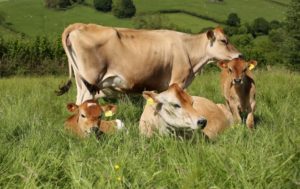 Cow-calf dairying part 1: the difference between conventional and humanely-produced milk
Cow-calf dairying part 1: the difference between conventional and humanely-produced milk
 Cow-calf dairying part 2: how cows produce and give milk, and why they need their calves
Cow-calf dairying part 2: how cows produce and give milk, and why they need their calves
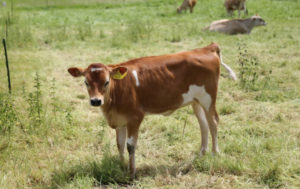 Cow-calf dairying part 3: calf rumen development
Cow-calf dairying part 3: calf rumen development
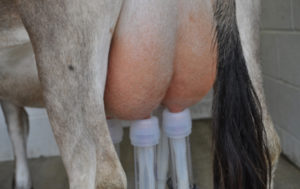 Cow-calf dairying part 4: udder development
Cow-calf dairying part 4: udder development
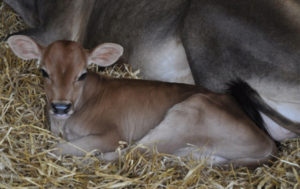 Cow-calf dairying part 5: creating a bond and first milking
Cow-calf dairying part 5: creating a bond and first milking
 Cow-calf dairying part 6: share milking
Cow-calf dairying part 6: share milking
 Cow-calf dairying part 7: introducing milking without the calf suckling
Cow-calf dairying part 7: introducing milking without the calf suckling
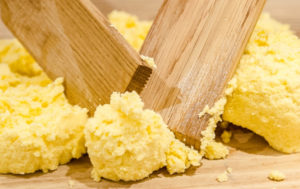 Making raw cultured butter from grass-fed Jersey milk
Making raw cultured butter from grass-fed Jersey milk
 Cattle
Cattle
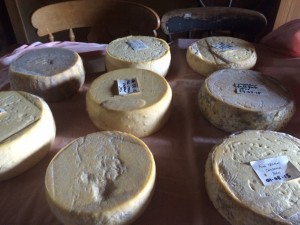 Cheesemaking
Cheesemaking
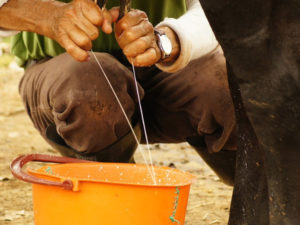 Dairying
Dairying
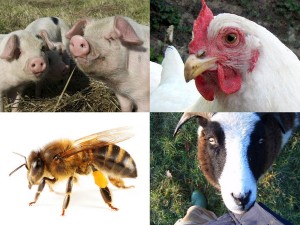 Keeping livestock
Keeping livestock
 Low-impact food & drink
Low-impact food & drink


